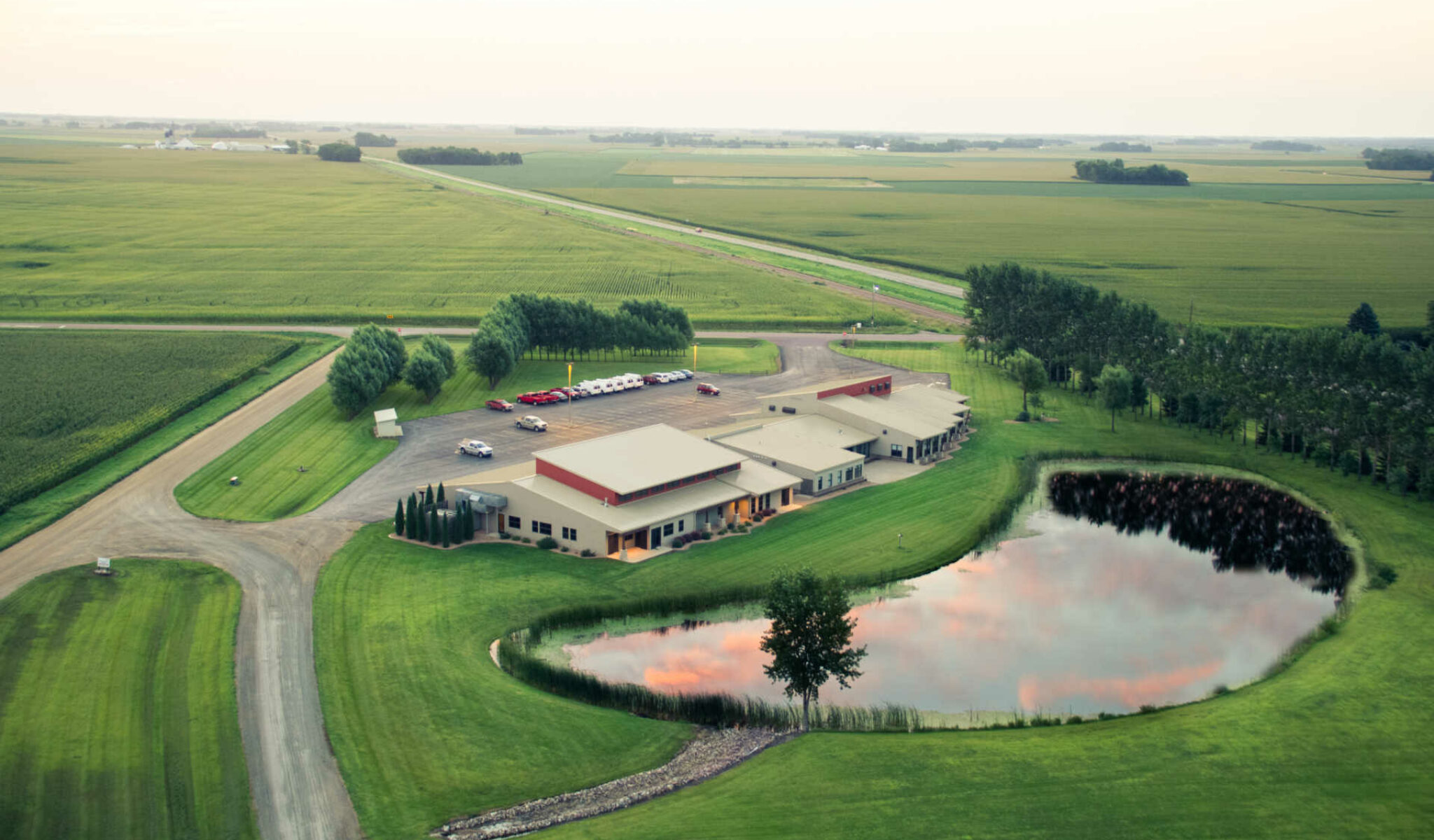
Source: Successful Farming
By: Betsy Freese – 10/8/2019
In an interview with Betsy Freese from Successful Farming, Glenn Stolt discusses the evolution of Christensen Farms, as well as trade issues, challenges in the pork industry, company integration and its legacy. A snippet of the article can be read below and the full-length article can be read by clicking here.
Pork Powerhouses 2019: Exclusive interview with Glenn Stolt
Family-owned Christensen Farms has been on the Pork Powerhouses list of the 40 largest U.S. pig producers every year since the ranking began in 1994. Only a dozen companies can say the same.
What makes this Sleepy Eye, Minnesota, firm even more admirable is that it survived and thrived after the death of its founder and CEO, Bob Christensen, at age 51, in 2012.
Glenn Stolt was the CFO at the time of Christensen’s death, and the CEO since. He fills us in on the company’s evolution.

SF: This is the 25th anniversary of the Pork Powerhouses ranking, and Christensen Farms has been on the list of the Top 40 producers every year.
GS: I have each report. A while ago, I put together a chart looking at the evolution of our company, as well as the consolidation in the industry. It’s fun to look back. Our trajectory has changed a lot. In 1994, your first list, we had 11,000 sows. [Today it is 148,000 sows.]
SF: Many companies struggle to thrive after the founder and visionary dies. How did you succeed?
GS: I was brought in two years prior to Bob’s passing, by Bob, to be the CFO. At that point, I brought 22 years of experience in large, publicly-held organizations. Most of those companies were a lot older and therefore more mature than Christensen Farms, or many companies across agriculture, let alone pork production.
At the same token, I was not the pig guy. After Bob’s passing, the Christensen family and those involved in the decisions, I would imagine, had to wonder if they were making a mistake taking a chance on somebody like me in this business. There were many individuals with more technical experience in pig production who had a direct connection with Bob.
Bob was not only the leader of the business, but a confidant, a visionary, a coach, and a mentor to them. There were questions about the choice of having a non-pig guy run a pig company.
It worked because of the family support, which has been unwavering to this day. Regardless of who took over, the ability to communicate that support to our employees and all of the stakeholders in our business was critical.
We had a leadership team here that was instrumental in getting people to understand that although Bob was gone, we had a lot of great pig people here, and what we needed was an element of business acumen to run the business.
We transitioned the culture of the organization from an entrepreneurial-led culture, which is highly essential in building any business from the ground up, to a more established culture from a systems, technology, and administration standpoint. You need broader business acumen for an increasingly complex business to continue to build and thrive and move forward.
The support I had from my immediate team members that helped calm the anxiety I had about not being a pig guy will never be forgotten. It created the ability for me to follow the legend of Bob Christensen and drive the business forward. Again, it was thanks to the family support and the team of people that I had around me.
SF: How is the Christensen family involved today?
GS: The family is not involved in day-to-day operations. They leave that entirely up to me and the team here. Bob’s widow, Mary Ann, and his younger brother, Lynn, sit on the board of directors with me and the trustee of the family trust. The family plays more of a governance role, although they are involved in philanthropic and strategic investment decisions.
